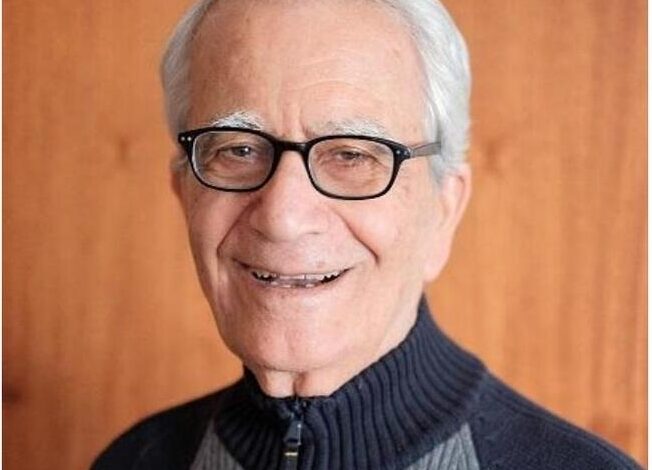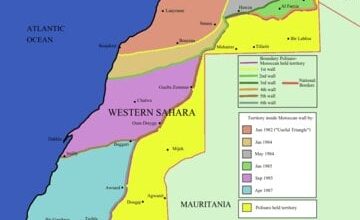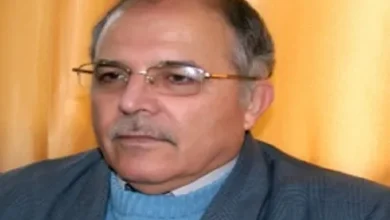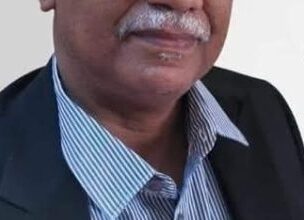Sudan since the outbreak of conflict in 2023 until the liberation of Khartoum today Translated from Arabic by Ibrahim Ebeid.
Translated from Arabic by Ibrahim Ebeid

Sudan since the outbreak of conflict in 2023 until the liberation of Khartoum today
Translated from Arabic by Ibrahim Ebeid.
March 27,2025
Burhan returns to the presidential palace in Ramadan
The war in Sudan broke out on 15 April 2023 between the Sudanese army led by General Abdel Fattah al-Burhan and the Rapid Support Forces led by Mohamed Hamdan Daglo (Hemedti). The conflict was the result of accumulated tensions between the two sides over the integration of the RSF into the military, by a political agreement aimed at transferring power to a civilian government.
Dramatic transformations
The confrontations quickly turned into an all-out war, with the RSF taking control of large parts of Khartoum, including the Republican Palace, Khartoum International Airport, and several key neighborhoods. The conflict has also spread to other cities, most notably Darfur, South Kordofan, and White Nile, leading to a large-scale humanitarian crisis, the displacement of millions, and the destruction of the country’s infrastructure.
During the first months, the Sudanese army relied on airstrikes and artillery shelling to attrition the RSF, while the RSF resorted to street warfare and stationing in residential areas. Over the following months, the army was able to gradually retake some areas, supported by local coalitions, the Sudan Shield Forces, and armed tribes in the western and central states.
In March 2025, the Sudanese army began a large-scale military operation to fully retake Khartoum, making rapid advances in the east and south of the capital. As military pressure intensified, the RSF withdrew from strategic locations such as Camp Taiba and the air defense headquarters. On 27 March, the Sudanese army officially announced the liberation of Khartoum after retaking the presidential palace, Khartoum airport, and most ministries and government institutions, confirming full control of the capital for the first time in three years.
With Burhan’s return to the presidential palace in Ramadan, Sudan opens a new chapter in its history, amid the challenges of reconstruction and political stabilization.
Sudan’s army strengthens its grip on Khartoum, moves closer to full control of the capital
In a remarkable field development, the commander of the Sudanese army, General Abdel Fattah al-Burhan, announced from inside the presidential palace that “Khartoum is free,” about the great progress made by the army in its battle against the Rapid Support Forces. The announcement came after Burhan landed his private jet inside Khartoum airport for the first time since the war began, reflecting the army’s recapture of strategic positions held by the Rapid Support Forces (RSF).
The Battle of Khartoum: Strategic Control and continuous
Progress The Sudanese army has confirmed its success in capturing Camp Taibah, the last RSF base in the capital, in a move that confirms its tightening grip on Khartoum. The commander of Khartoum operations, Major General Abdul Rahman al-Bilawi, also announced that the army had regained control of Khartoum International Airport, a pivotal location in the military conflict due to its logistical and strategic importance.
As part of the ongoing military progress, Sudanese forces were able to cross the Manshiya Bridge and comb the entire eastern area of the bridge, in addition to controlling vital areas such as the Al-Nozha neighborhood, Al-Sahafa Street, and the Khartoum landport. These achievements point to a shift in the balance of power in favor of the army, weakening the RSF’s position and limiting its ability to maneuver inside the capital.
Extension of military influence to neighboring states
The army’s gains were not limited to Khartoum but extended to areas outside the capital. The armed forces were able to advance in the north of Gezira state, taking control of the villages of al-Jadeed al-Thawra and al-Jadeed Omran, in a move that brought the army closer to imposing its full domination over the state. The forces also continued their advance towards the south of Khartoum state, where they were close to controlling the southern areas that remained under the control of the RSF.
In the east of the capital, activists from the Berri neighborhood committees confirmed the deployment of army forces within several residential areas, reflecting the tightening of the noose on the Rapid Support Forces, which witnessed widespread withdrawals from the areas of Berri and Arkaweet, east of Khartoum, and Al-Azhari and Al-Sahafa in the south of the city.
Retaking Critical Infrastructure
On the infrastructure front, the army consolidated its control over ministry buildings and government institutions, regained the initiative in the Muqrin area, as well as regained control of Tuti Island and the presidential palace, indicating the restoration of the administrative and institutional system of the state inside Khartoum.
The Sudan Shield Forces, loyal to the army, also announced that they had taken control of the Sondos agricultural project south of Jebel Awlia, and approached the Jabal Awlia dam and bridge, the last major stronghold still under t





